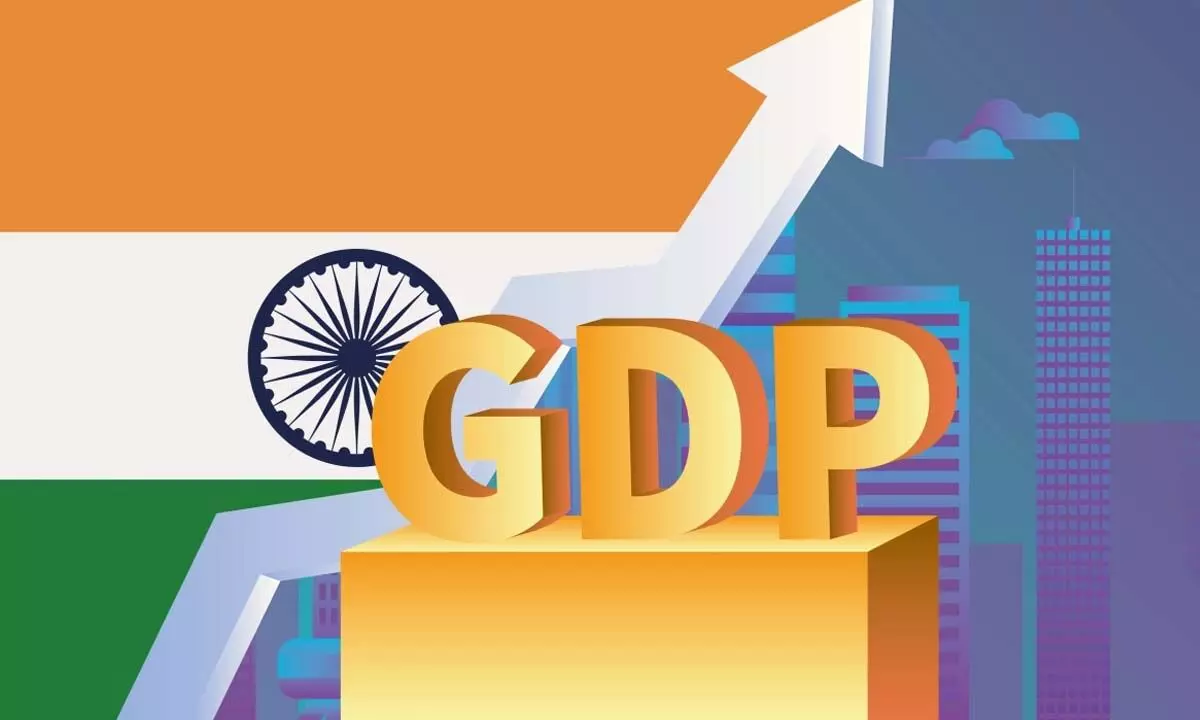Can India become a $10-trn economy by 2035?
India will become the third economic superpower by 2037 and a $10-trillion economy by 2035, Centre for Economics and Business Research (CEBR), a leading London-based consultancy, said.
image for illustrative purpose

India will become the third economic superpower by 2037 and a $10-trillion economy by 2035, Centre for Economics and Business Research (CEBR), a leading London-based consultancy, said.
The Centre for Economics and Business Research (CEBR), which is a UK-based economics consultancy, predicted that India will become the third-largest economy by 2037. The 14th edition of the report noted that over the next five years, the annual rate of GDP growth is expected to average 6.4 per cent. After that, the growth is expected to average 6.5 per cent in the subsequent nine years.
Despite decelerating global demand and tightening monetary policy to curb inflationary pressures, the report states that India is expected to grow in the FY23 at 6.8 per cent. This would bring output 8.4 per cent above 2019 levels. Over the next five years, the annual rate of GDP growth is expected to average 6.4 per cent, after which growth is expected to average 6.5 per cent in the subsequent nine years.
The reported growth trajectory will see India rise from fifth place on the WELT in 2022 to third in the global rankings by 2037. Recently Chief Economic Adviser (CEA) V Anantha Nageswaran said India would become a $5 trillion economy by 2026-27 and $10 trillion by 2033-34.
"We are now $3.3 trillion, it is not such a difficult target to reach. Then if you simply assume 10 per cent nominal GDP growth in dollar terms, then you get to $10 trillion by 2033-34 and another doubling with the same rate," he said.
In 2019, Prime Minister Narendra Modi envisioned to make India a $5 trillion economy and global powerhouse by 2024-25. In real terms, the size of the Indian economy last year had stood at $2.7 trillion (GDP at constant 2015 US dollar rate). For it to reach a size of $10 trillion in 2030 would imply growing at 15.7 per cent per year on average until 2030.
The World Bank has cut India's economic growth forecast for the current fiscal to 7.5 per cent as rising inflation, supply chain disruptions, and geo-political tensions taper recovery. India's economy grew 8.7 per cent in the last fiscal (2021-22) against a 6.6 per cent contraction in the previous year.
In its third monetary policy of 2022-23, the Reserve Bank retained its GDP growth forecast at 7.2 per cent for the current fiscal, but cautioned against negative spillover of geo-political tensions and a slowdown in the global economy. Nageswaran said India will have to start investing in getting the right supply of metals and minerals required to fuel the energy transition.
India's trajectory to become a 10 trillion economy is still doubtful and questionable for some experts; it is only possible when the GDP will grow at the rate of at least 14 per cent over the next 10 years. With so many hurdles including sufferings of pandemic, slowdown in demand of various sectors like automotive and real estate, inflation, poor educational standards, rigid labour laws, low FDI, still developing infrastructure, large budget deficit, and high private debt, it will be interesting to see India's growth path and strategies to become a developed economy.

